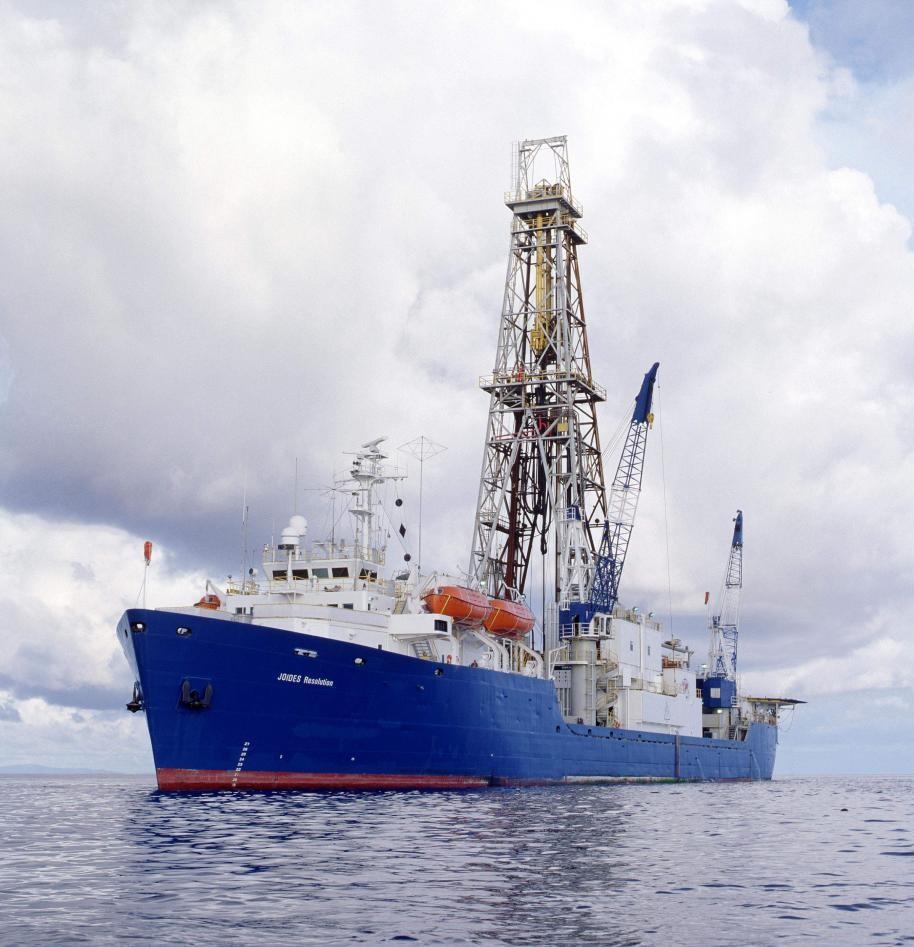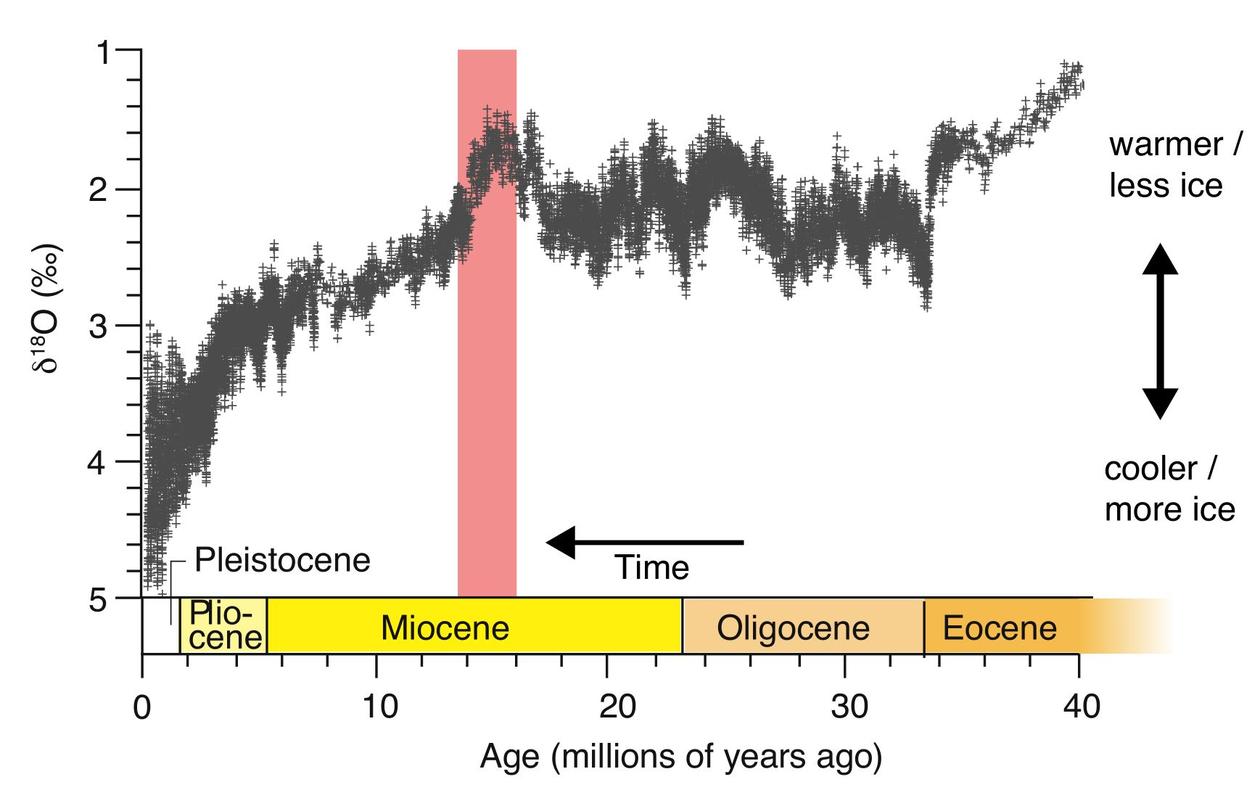Masterprosjekt vår 2019 ved GEO - Nele Meckler
Southern Ocean temperatures during the warm middle Miocene reconstructed with clumped isotope thermometry
Main content
Prosjektbeskrivelse
The middle Miocene (~16-14 million years ago) was characterized by global warmth, rendering it a potential analogue for future climate. The few climate reconstructions available today suggest variable climate alongside with fluctuations in both atmospheric CO 2 and the extent of the Antarctic ice sheet. The ice sheet is thought to have undergone a major expansion at the end of this period, but the processes behind this event remain poorly understood. Furthermore, the distribution of heat between the tropics and the poles is not well known during this time. Part of the problem is that existing climate proxies are based on highly uncertain assumptions when applied this far back in time. For this reason we will apply the new method of clumped isotopes on a Southern Ocean sediment core. Reliable Sea Surface Temperature (SST) records for this high-latitude region are of paramount importance to understanding the stability of the Southern Ocean as well as global thermohaline circulation during this time of global warmth, and the interconnections between
ice cover and changes in ocean circulation.
Clumped isotope thermometry is a novel technique for reconstructing temperatures from carbonates based on the ordering ("clumping") of stable isotopes within the molecules. Unlike other carbonate-based temperature proxies, this method is independent of limiting assumptions about source water composition, thereby allowing to better constrain paleotemperature estimates. This approach is also of great interest to other Earth Science disciplines (e.g., tectonics, petroleum science, planetary science).
Hypothesis (scientific problem)
The primary questions the student will seek to address are
(1) what temperatures characterized the Southern Ocean during the middle Miocene?
(2) How variable were the temperatures and how does their variability compare to observations from other sites globally?
(3) How do the reconstructed temperatures relate to ice sheet expansion?
Test (work)
The master student will be part of a team that studies Miocene climate change based on carbonate clumped isotope thermometry on foraminifera from selected marine core locations. The samples, which are also used for reconstructing deep-sea temperatures with benthic foraminifera (by PhD candidate Thomas Leutert), come from ODP Site 747 in the Southern Ocean. Planktonic Foraminifera will be picked from the sediment samples and prepared for analysis. Measurements are done on a clumped isotope mass spectrometer under guidance. Clumped isotope values will be converted to temperature estimates using a calibration curve. The data will be compared to data from other proxies from the same and nearby sites and to other clumped isotope data obtained in our team at other sites.
Krav for opptak
GEOV110, anbefalt GEOV109 eller tilsvarende
Felt-, lab- og analyse- arbeid
Ingen feltarbeid, labarbeid ca. 6 måneder
Foreslåtte emner i spesialiseringen (60 sp)
Vårsemester:
GEOV302 (10P) or GEOV231 (10P)
GEOV342 (10P)
GEOV347 (5P)
GEOV331 (5P)
Høstsemester:
GEOV222 (10P)
GEOV228 (10P) or GEOF236 (10P)
GEOV300 (5P)
GEOV324 (5P)


